CFES Publications
Which Law Schools Do Partners at Large Firms Tend to Come From?
Monday, 02 December 2013
Center for Forensic Economic Studies Senior Economist Bernard R. Lentz, Ph.D. has ranked U.S. law schools by the number of graduates who become partners in top law firms. The law firms considered are the National Law Journal’s list of the nation’s top 100 firms. Dr. Lentz compiled the rankings in response to a study by Professor Theodore
- Published in CFES Publications, Law Schools and Studies
No Comments
Mass Tort Damages: A Statistical Alternative
Wednesday, 27 November 2013
by Jerome M. Staller, Ph.D and Lawrence M. Santucci, M.A. Traditionally, courts have been reluctant to consider the use of statistical tools such as sampling to determine damages in class-action litigation and other matters involving large groups of plaintiffs. Arguments against the practice include the fact that it seemingly flies in the face of the Seventh
- Published in CFES Publications, Expert Statistical Analysis Cases
Too often, statistical evidence is based on questionable methodology
Wednesday, 27 November 2013
by Jerome M. Staller, Ph.D. “There are very few things which we know which are not capable of being reduced to a Mathematical Reasoning, and when they cannot, it’s a sign our Knowledge of them is very small and confused….” —John Arbuthnot, “Of the Laws of Chance,” 1692 Much testimony in personal-injury matters is, by
- Published in CFES Publications, Expert Statistical Analysis Cases
Product Liability Claims: Statistics and Substantial Certainty
Wednesday, 27 November 2013
By Jerome M. Staller, Ph.D. and Lawrence M. Santucci, M.A. A recent case in New Jersey might have provided an answer to a significant question on employers’ liability under workers’ compensation statutes and, by association, manufacturers’ liability under defective-design theories. The issue: How does a plaintiff prove “substantial certainty” of injury in order to proceed
- Published in CFES Publications, Expert Statistical Analysis Cases
Litigating Employee Stock Option Claims: Valuation Issues
Wednesday, 27 November 2013
Basic Damages Issues in Employment Litigation
Wednesday, 27 November 2013
Pension Damages: The Basics
Wednesday, 27 November 2013
by Chad L. Staller and Brian Conley An ironworker suffers a severe injury at the work site and is rendered totally disabled. His economic damages include past and future medical expenses, of course, and lost income through to his projected retirement age. In addition, he may have a claim for another element of loss — pension
Determining the Lost Earning Capacity of Undocumented Workers
Wednesday, 27 November 2013
By Chad L. Staller, J.D., M.B.A., M.A.C. Currently, undocumented aliens injured on the job in the United States may recover damages for lost earning capacity, but this area of law is in flux. Things could change as courts continue to interpret the extent of recovery available to undocumented workers and as state legislatures debate statutes limiting recovery. As
Goodbye Kaczkowski? A Recent Ruling Reopens the Door to Debate
Wednesday, 27 November 2013
by Chad L. Staller, MBA, JD, MAC Could the beginning of the end be in sight for Kaczkowski v. Bolubasz, the 1980 state Supreme Court opinion on the awarding of damages that is widely regarded by defense counsel as an unwarranted gift to plaintiffs? In a dissenting opinion to the court’s December ruling in Helpin v. Trustees
Beyond 1040: Six Sources of Evidence on Lost Earnings
Wednesday, 27 November 2013
by Chad L. Staller, MBA, JD, MAC A plaintiff’s tax returns are generally the primary source of evidence on the extent of lost past and future income in a personal injury or wrongful death matter, but other records and evidence may clarify and augment the loss analysis. Consider these sources when preparing a damages case:
